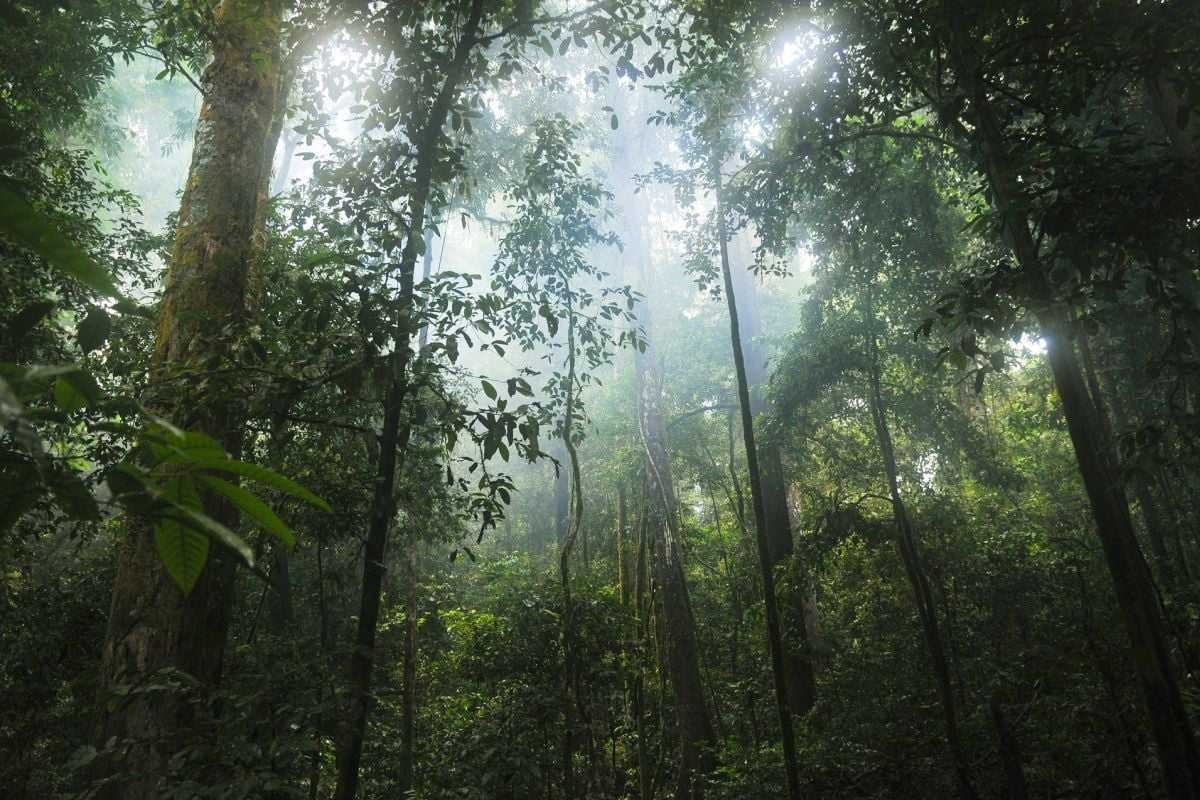Indigenous Peruvians Save Rainforest Using Satellite Data
A study by NYU and Johns Hopkins shows that indigenous Peruvians have succeeded in curbing illegal logging in the Amazon rainforest using satellite technology enabled by smartphones.
-

The study showed that recognizing the rights of indigenous people helps in addressing the climate crisis.
Indigenous Peruvians monitoring the Peruvian Amazon equipped with smartphones and satellite data were able to drastically curb illegal logging, according to the results of a study published on Monday.
The study showed that recognizing indigenous people's rights to their territory can be a powerful force against the climate crisis.
The research assessed the impact of the indigenous forest community in reducing deforestation when equipped with satellite-based devices.
A 52 percent drop was recorded in 2018 and a 21 percent in 2019 in villages that were randomly assigned equipment and training.
Reductions were recorded mostly within communities that are facing immediate threats from illegal gold mining and logging.
It is worth noting that national governments have invested heavily in satellite-based monitoring to empower the indigenous community.
However, villagers are usually unaware of invaders clearing their land because deforestation alerts rarely filter down to rainforest communities, which lack a strong internet connection.
The new study was carried out in the indigenous Shipibo communities of Patria Nueva and Nueva Saposoa in the Peruvian Amazon.
Thirty-six villages were randomly selected to participate in the intervention, each identifying three representatives to conduct monthly patrols to verify reports of deforestation.
Once a month, couriers navigated the Amazon River and its tributaries to deliver USB drives containing satellite photos and GPS information to remote villages.
The monitors rendered this information onto specialized smartphone apps used to guide patrols to the sites.
The information revealed unauthorized deforestation by outsiders harvesting timber or clearing land for mining.
Using satellite data, the two-year study prevented the destruction of an estimated 456 hectares (1,127 acres) of rainforest, avoiding the release of more than 234,000 metric tons of CO2 emissions.

 2 Min Read
2 Min Read









